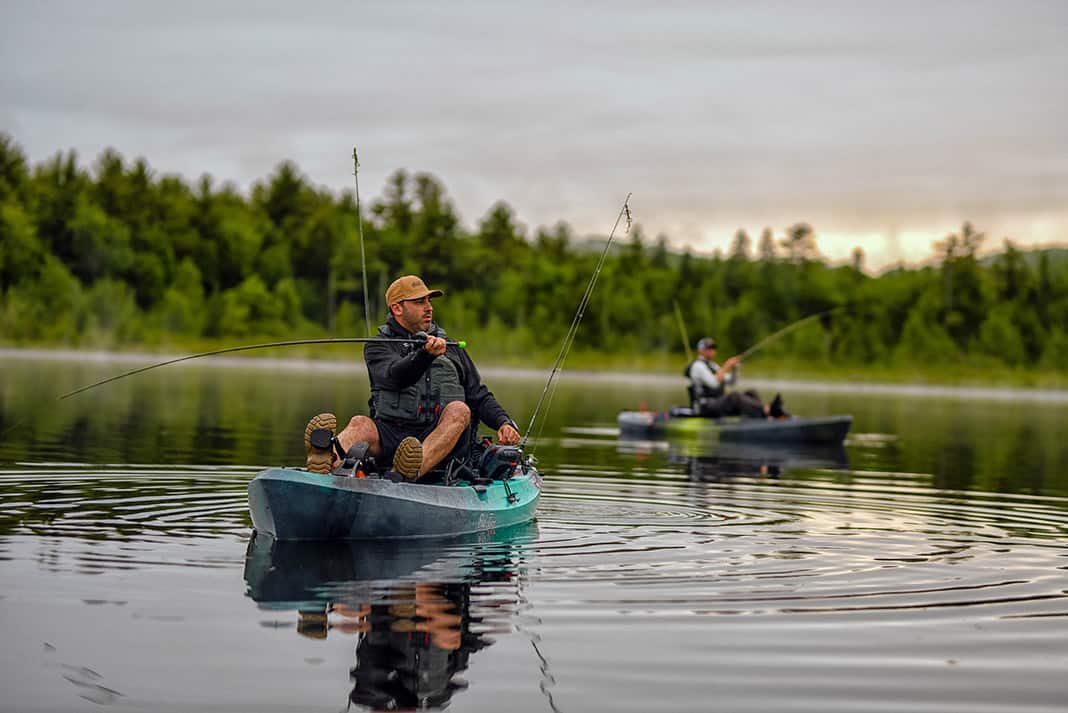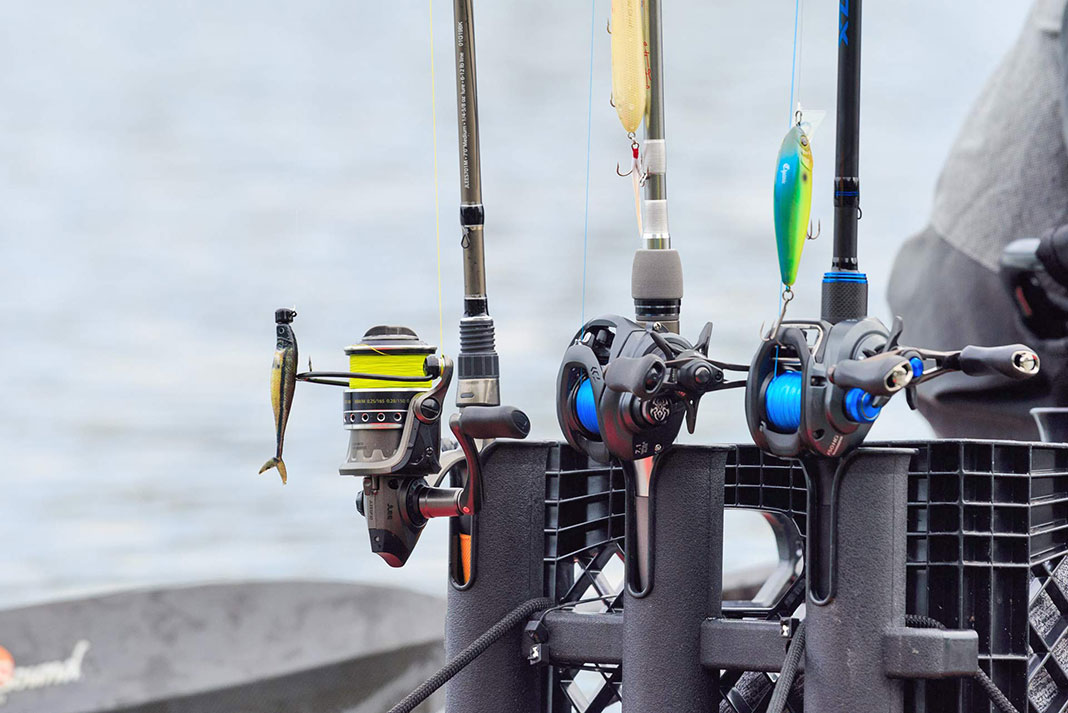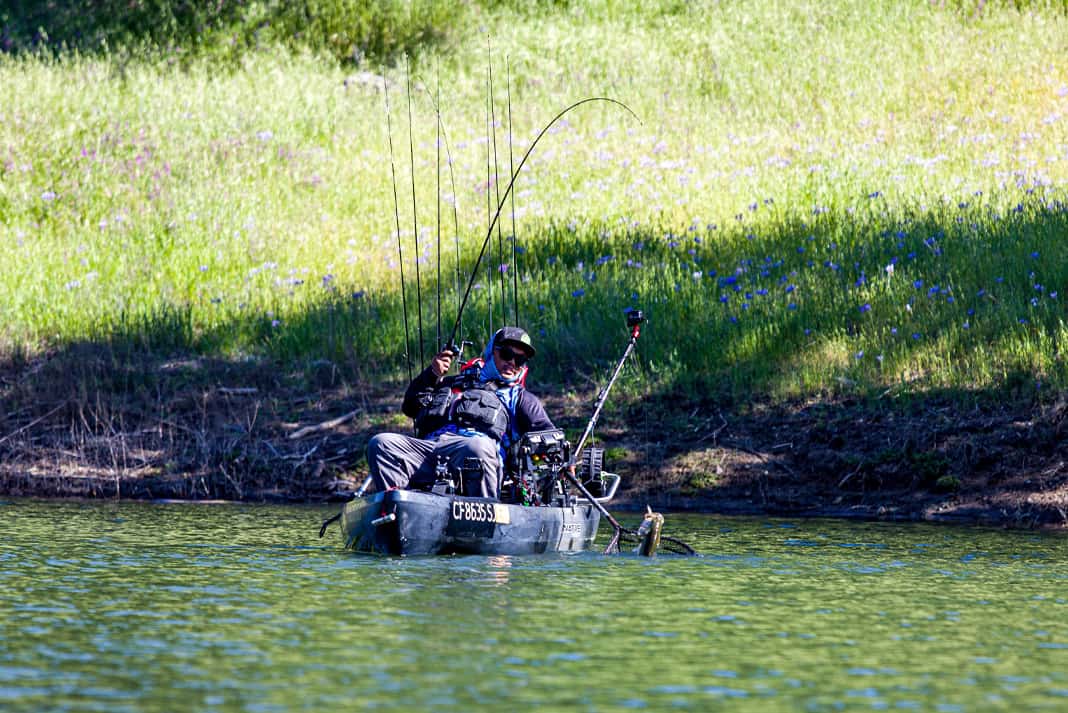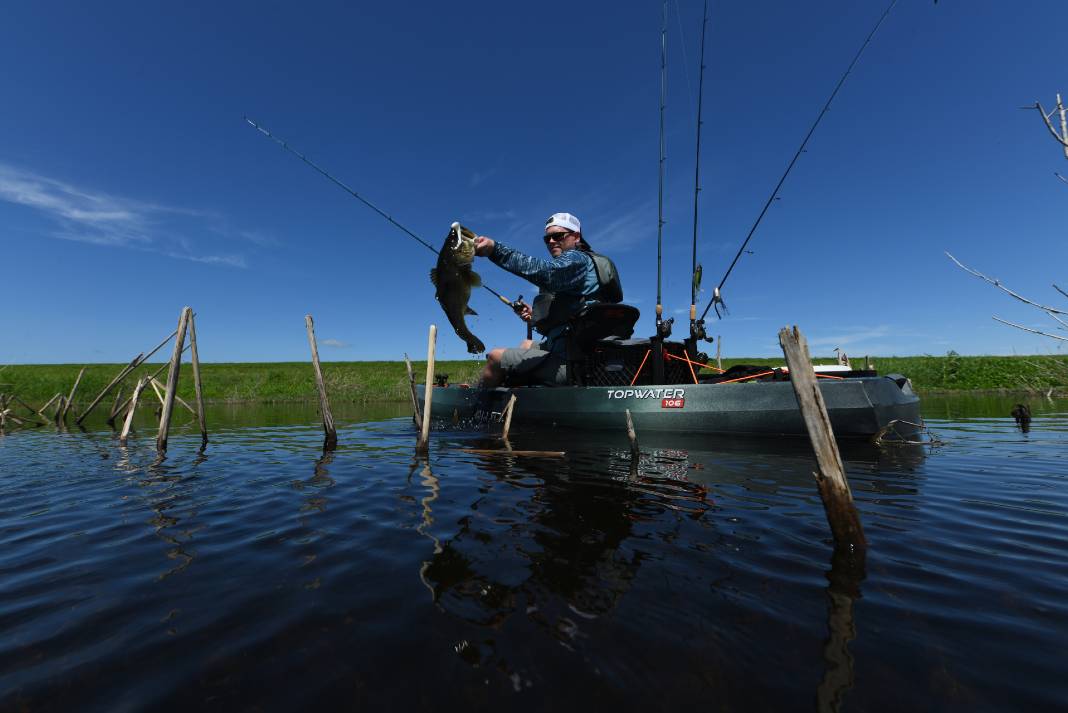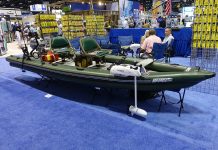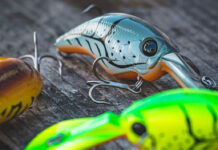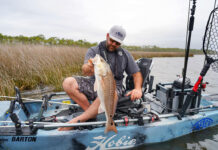Bass are the perfect sport fish. Easy to access, fun to fool and simple to fish for, largemouth, smallmouth and striped bass are a favorite target for anglers around the world. But that doesn’t mean bass are dumb, and choosing the best lures isn’t always easy. Trophy bass are wary predators with a tackle-busting fight. It takes skill to outthink a big bass.
The best thing about bass is the wide variety of lures and rigs the aggressive fish will eat. Topwater, crankbaits, soft plastics, jigs, spoons, buzzbaits, chatterbaits, live bait and dead bait—anglers can choose how they want to catch bass. For some pointers on using the best bass fishing lures, we’ve reviewed hundreds of examples and let the fish provide feedback.
Types of Bass Lures
Bass have a reputation as mindless predators. That reputation is only half true. While bass are at the top of the food chain, they are actually pretty smart. Bass rarely refuse a meal, but they can be finicky about what and how they eat. The trick is to present the right lure at the right time.
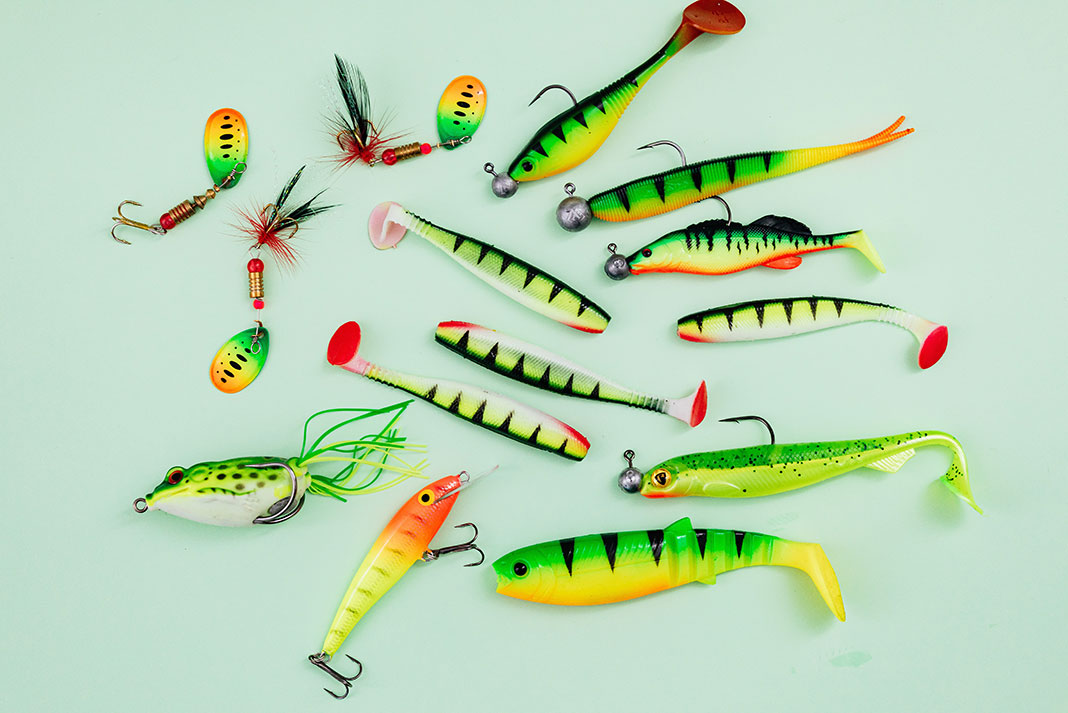
Best Spinnerbaits for Bass
Spinnerbaits are the wildest looking lures in the tackle shop. Combining a bushy skirt, lead head, wire and huge blade, a spinnerbait is designed to get a bass’ attention. Size and style of the skirt, blades and jig head allow you to choose a profile that will imitate local forage.
A spinnerbait can be worked across the surface for aggressively feeding bass, retrieved steadily through the middle of the water column or crawled along the bottom to entice wary predators. To imitate smaller prey like minnows or shiners, angler use an inline spinnerbait. Match larger baits, such as crayfish or panfish, with an overhead spinnerbait that has metal blades spinning at the end of a wire mounted over the hook.
Recently, a new type of blade bait, called a chatterbait, has hit the water. This lure combines a large metal blade running inline with a jighead and soft-plastic tail. Chatterbaits can be retrieved steadily, like a spinnerbait, or bounced off the bottom like a jig.
Use a spinning rod with light and streamlined inline spinnerbaits. For larger and heavier overhead spinners and chatterbaits, choose a baitcasting rod with some backbone. Spinnerbaits may not look like a fish, but the flash and wobble is too much for curious bass to ignore.
Best Jerkbaits for Bass
Jerk, jerk, pause. If you’ve ever used a jerkbait before, you know the pattern of working one of the world’s deadliest lures. A jerkbait imitates an injured fish twitching and sinking through the water column. For bass hunting below, a jerkbait looks like an easy meal. And bass anglers love to feel the solid thump of a big bass inhaling their lure.
The trick to fishing a jerkbait is counting out the pause. Cast out the jerkbait and count seconds as the lure sinks. Once the lure hits the target depth, quickly turn the reel handle and give the rod tip a couple twitches to cause the lure to slash through the water. Then, stop reeling and pause to let the lure sink. Count the seconds of the pause then jerk and reel again. Many times, a fish hits when the lure stops moving. Adjust the count to change how the lure performs.
Jerkbaits come in soft-plastic models, which are usually fished on a weedless worm hook. Hard plastic jerkbaits are shaped and colored to look like a real fish. They are usually rigged with treble hooks to snare a bass trying for an easy meal. Since jerkbaits can be lightweight and require extra sensitivity to feel a bite with slack in the fishing line, many anglers choose a spinning rod for the best performance.
Best Crankbaits for Bass
Nothing imitates a baitfish swimming along better than a crankbait. With a wobble and shake and often a rocking rattle, hard-plastic crankbaits swim like a real fish. The lures have a plastic or metal lip that make it dive deep and swim at a specific depth. The longer the lip, the deeper the crankbait will swim. The body is shaped like a fish with treble hooks hanging beneath.
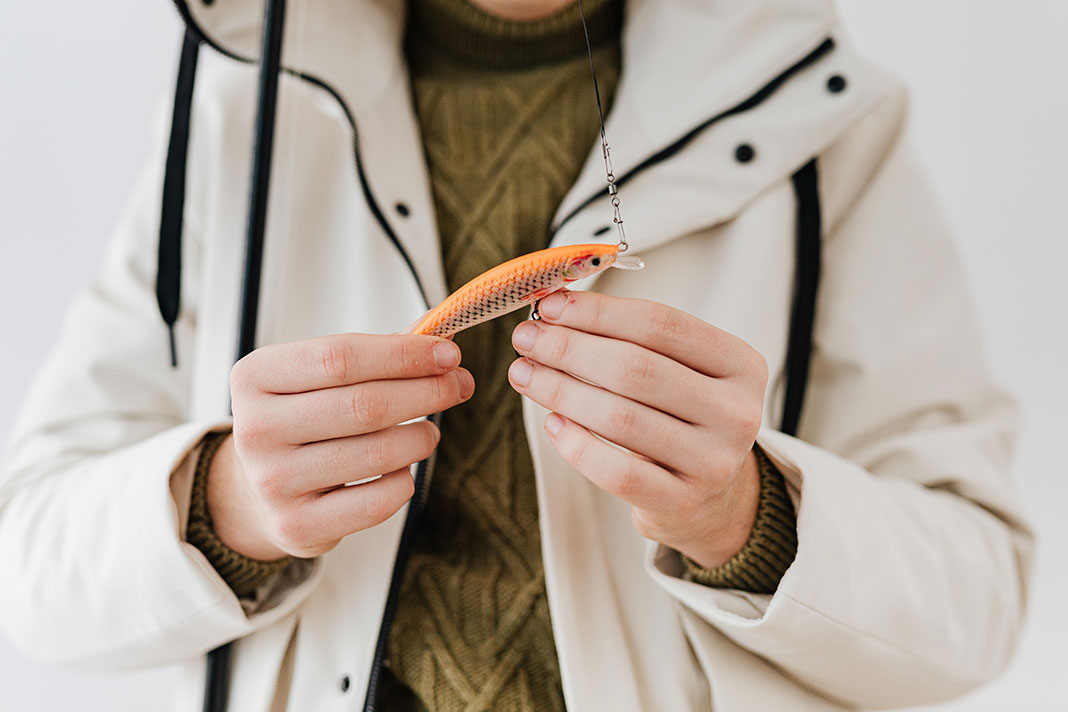
The best practice is to cast out a crankbait and reel it back at a steady pace. You can swim the lure through deeper water, or let it drag along the bottom bouncing off rocks and deadfalls.
Because crankbaits are large and require a steady retrieve, they are usually fished with a baitcasting combo spooled with 30 to 50-pound braided line. Braided line allows the angler to feel the lure bumping along the bottom. Braid doesn’t stretch as much as monofilament for a stronger hookset. Hold on tight and be ready for a fight when a rocketing bass hits your crankbait like a trainwreck.
Best Bass Jigs
The most popular artificial lure for nearly all types of fish is a simple leadhead and soft plastic tail. This combo looks and moves like a fish and can be worked off the bottom or retrieved steadily through the water. Jigs with a straight tail are best for bouncing off the bottom and paddletails swim like a fish through the water.
To rig a soft-plastic jig, first measure the hook next to the tail and note where the hook will exit. Then, thread the hook through the soft-plastic, keeping it straight, and push the point out where you noted earlier. Use a dab of permanent glue to hold the jig in place.
Lighter jigs should be cast with a spinning rod, which offers more sensitive response. Larger jigs, especially swimbaits, can be fished with a baitcasting rod. Fill the reel with 10- to 20-pound test braided line and add a two-foot length of 10- to 20-pound fluorocarbon leader. For smaller jigs, like finesse jigs, use a light spinning rod, eight-pound braid or fluorocarbon line. Some jigheads add a hair or synthetic skirt for a larger profile and additional floatation.
Best Topwater Bass Lures
Topwater lures drive bass crazy. Coming from below with an explosive attack, a bass will leap out of the water and throw a wall of spray to pounce on a topwater lure. Topwater lures are usually hard plastic with treble hooks hanging below. They float on the surface and create noise and commotion to top of the water. Cup-faced topwater lures produce a large wave of water each time you jerk the rod tip. Blade baits use propellers to whir along the surface.
For a more subtle approach, anglers use a walk-the-dog lure. These topwater lures are shaped like a torpedo. The angler casts out the lure then retrieves it by reeling in the line and twitching the rod tip back and forth. The action causes the lure to zig-zag across the top of the water.
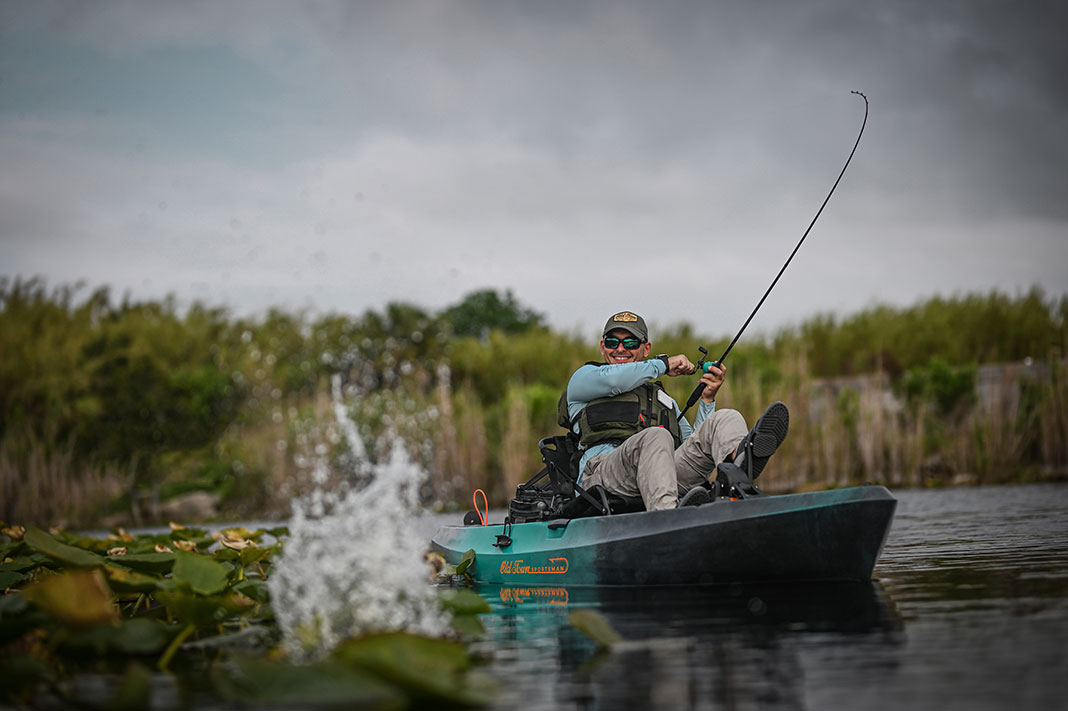
To imitate one of a bass’ favorite meals, hop a topwater frog through grass and lily pads. Topwater lures work best with monofilament because the line floats and provides a shock-absorbing stretch on the initial bite.
Best Lures by Time of Year
Just because bass live in a pond or river, doesn’t mean they are easy to catch. The fish move from deep water to shallow and change their meal preferences throughout the year. Understanding the fish’s lifestyle and predicting when and where the fish will feed is the primary challenge to bass fishing. To choose the best bass lures for each season, we have put together some tips and tricks to fooling bass in summer and spring.
Best Bass Lures for Summer
In the summer, warm water can cause bass to lose their appetite. Sometimes you have to slow down the approach to entice lackadaisical bass. Look for the deepest holes and work a jig along the bottom. Cast a weedless soft plastic under shady overhangs and let it sink slowly to imitate a tasty snack falling from the trees. Morning and evening are cooler, providing a perfect time to use a slow-moving topwater lure. Slower moving crankbaits and spinnerbaits can also be effective, especially when they match the bait the bass are focused on eating. In shallow water and heavy vegetation, hopping a rubber frog will cause bass to jump into action.
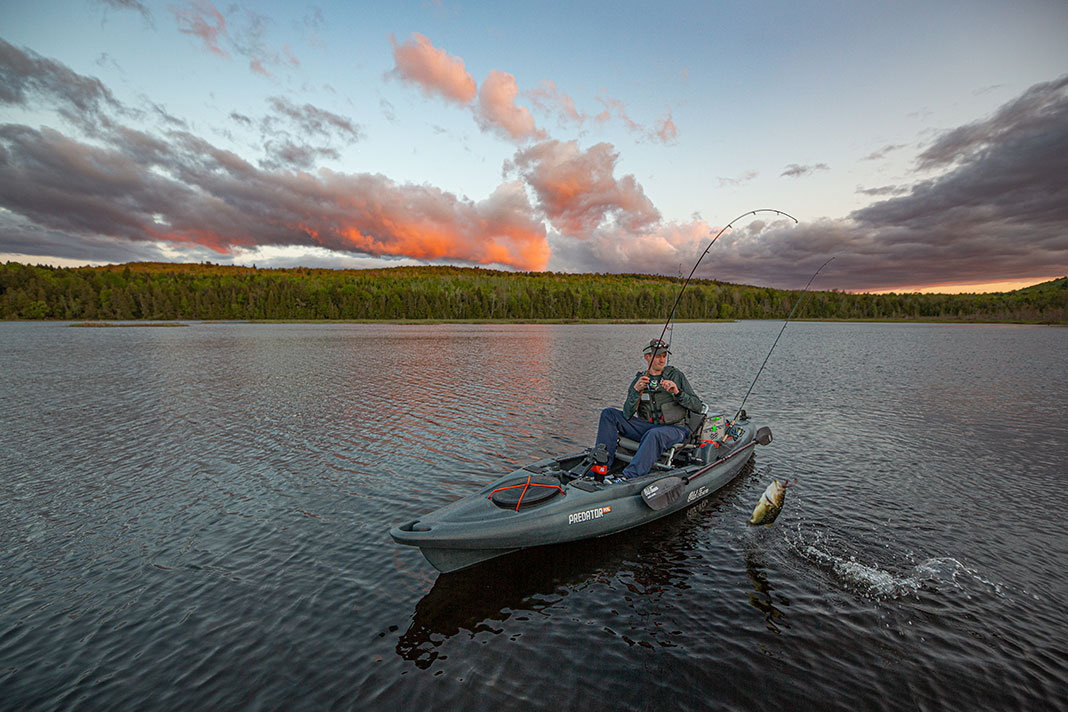
Best Spring Bass Lures
After a long winter on light rations, bass wake up hungry in the spring. Since the fish spawn in the early season, spring is the best time to find bass on the move. Soft-plastic jigs and crankbaits worked along the bottom will trigger a defense response from bedding bass. Bladebaits and large jigs will get a bite from aggressive bass looking for a big bite. Cup-faced poppers and propbaits fire up early season bass first thing in the morning and just before dark.
Best Lures by Type of Bass
There are seven different species of black bass and striped bass. Largemouth and smallmouth are the most popular black bass. Striped bass are native to saltwater and brackish estuaries, but they have been transplanted into lakes across the country. All bass respond to the same lures, but some lures work better in specific locations. For tips on what lures to use, check out our pointers below.
Best Largemouth Bass Lures
Largemouth bass live in ponds and lakes. Work the edge of the water with a soft-plastic on a weedless hook. In heavy cover and vegetation, use a topwater frog or weedless jerkbait. Rocky bottom requires a finesse lure and deep holes can be worked with a dropshot. Crankbaits will cover water and fish a variety of depths. Use a spinnerbait to cause commotion and draw in a bite.
Largemouth will wait to ambush prey, but they can also work in large schools to feed in open water. Largemouth are aggressive predators with a stomach to match the size of their mouth. They are not afraid of a big meal, don’t be afraid to use a large, loud and gaudy lure.
Best Smallmouth Bass Lures
With some exceptions, smallmouth bass are primarily river fish. To escape the relentless current, smallies hide in slower pockets and wait for the river to bring them a meal. Fish a weedless soft-plastic or bladed topwater along the river’s edge. Also, you can work a crankbait or jig through river rapids and in slower-moving eddies. Blade baits and spinners can be effective, too. Regardless of what lure you use, you’ll need to perfect a laser sharp accurate cast to put the lure in the feeding zone.
Smallmouth bass live in swift water where they ambush prey and fight like a devil. The challenge of catching smallies attracts devoted fans to the rivers and creeks.
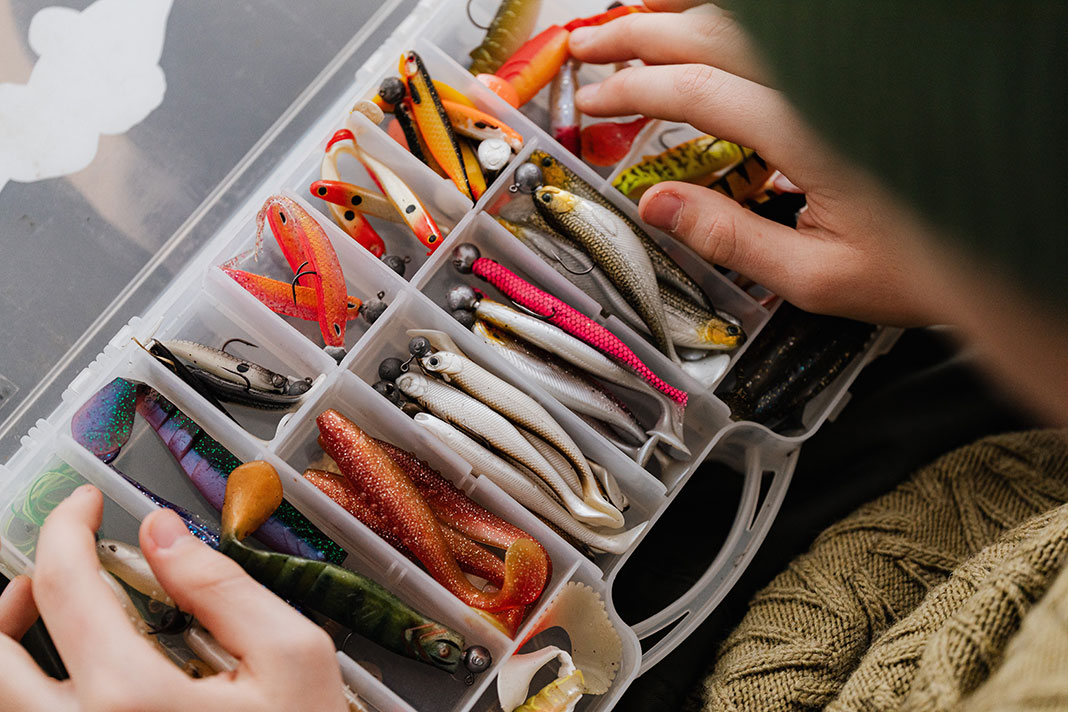
Best Striped Bass Lures
Compared to largemouth and smallmouth, striped bass are larger and more powerful fish. Anglers use a large swimbait, spinnerbait or jig to target striped bass. Striped bass will also respond to topwater lures.
Anglers often find striped bass feeding in schools in open water. Identify how deep the fish are feeding and choose a lure that will work that depth. Striped bass will also respond to swimming plugs trolled slowly behind the kayak. When the striped bass are on the bottom, bounce a jig through the rocks and deadfalls.
Related Articles
- Best Kayak Fishing Gear
- 4 Proven Finesse Rigs For Bass Fishing
- Fall Bass Fishing Tactics
- Kayak Fishing Tricks For Bass In Spring Break Frenzy
- Tactics For Fishing Striped Bass Anywhere
- How To Stick Big Striped Bass All Winter
- Southern Winter Bass Tactics
- Kayak Fishing For Smallmouth Bass
- How To Catch The Last River Bass Of The Season
- Pro Tips On Kayak Fishing For Creek-Mouth Smallmouth
The best thing about bass is the wide variety of lures and rigs the aggressive fish will eat. | Feature photo: Karolina Grabowska/Pexels

